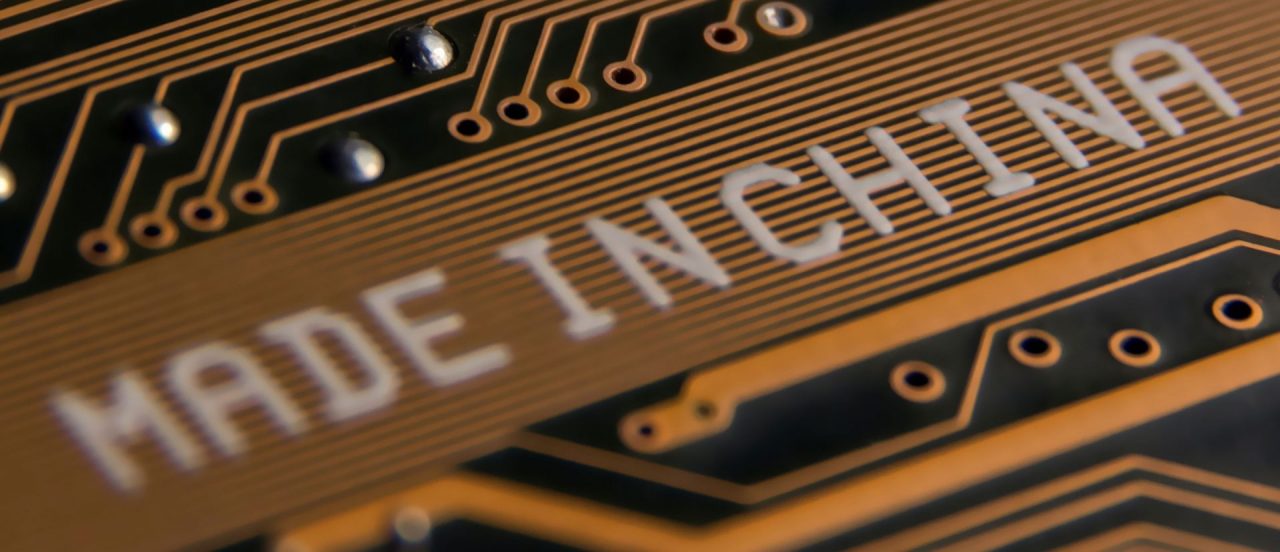By Wei Huang & Bei Yin
Antitrust enforcement in the semiconductor industry in China has focused mainly on merger control, rather than antitrust enforcement. Of the 41 merger cases that have been cleared conditionally, eight involve the semiconductor industry. Based on a review of these cases and combining China’s national strategy for the semiconductor industry, this paper reveals the patterns in enforcement activities. The paper further provides updates on the ongoing antitrust investigation against memory chip suppliers. Finally, it briefly discusses antitrust litigation in a related area, namely licensing of standard essential patents.
By Wei Huang & Bei Yin1
I. THE SEMICONDUCTOR INDUSTRY AND ANTITRUST
Semiconductors are materials used to produce integrated circuits (“ICs” or “chips”).2 Many semiconductor products are subject to intellectual property rights (“IPRs”) covering both their production and design.
China is the largest semiconductor market in the world. As early as 2015, China’s imports of semiconductors had already surpassed its imports of crude oil.3 According to a McKinsey report, China consumed 45 percent of chips globally, and more than 90 percent of its consumption of chips derived from imports.4
Many products (such as smartphones and TVs) are made in China, and are purchased both by Chinese consumers and exporters. Obviously, these products rely on semiconductors for their functionali
...THIS ARTICLE IS NOT AVAILABLE FOR IP ADDRESS 216.73.216.89
Please verify email or join us
to access premium content!

